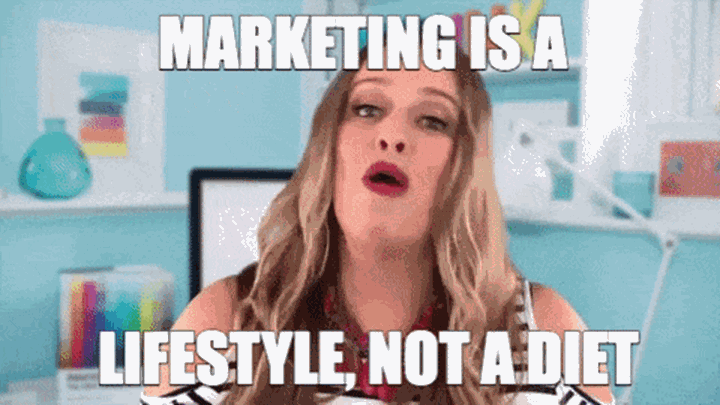Intuition is Not Your Friend, When it Comes to Employer Branding
2 min read.Never assume that you know what your workforce wants without engaging in proper, qualitative research first…

Five or six years ago I was working with a telecom company in Paraguay, helping them to boost their employer brand. And they told me a funny story.
They wanted their employees to be more engaged and happy at work. So, they decided to build an onsite gym. It was purely gut feeling, they just felt it was the right thing to do, and thought the employees were going to love it.
So, they invested a whole lot of money to build the most modern, state-of-the-art gym. They bought the best machines. They hired a full-time personal trainer and equipped the space with locker rooms and showers.
They painted the walls with the company colours. They installed TVs for people to get some entertainment while they trained. Everything was beautiful. A huge opening party was thrown for all employees, who all looked happy and toasted it with champagne.
And, after the inauguration ceremony was done…..no one came back to the gym.
It was a desert. The personal trainer was getting bored. The machines were collecting dust. The showers were never used. And the lockers were getting rusty. What happened? Why were employees not going to the gym?
Do the research
HR representatives decided it was time to ask the people. So they did. They interviewed key employees and did some focus groups on benefits and engagement. And they found out that they saw the gym as a nice gesture, but were not interested in going. Why? Because they were interested in something else.
During the focus groups, people told HR that the best moments they have at work were during the afternoon snack. They gathered in the lunch room, had some mate (typical infusion in Paraguay, Uruguay and Argentina) with pastries, and talked with their friends at work. Yes, they considered their coworkers as friends, and they valued those moments of relaxation, friendship and harmless gossip a lot.
Imagine how much money this company would have saved if, instead of investing in a huge, modern gym, they had invested in pastries and mate? Not only would they have tens of thousands of dollars more in their accounts, they would also have achieved the engagement and happiness for their employees they were looking for in the first place.
Their intentions were good, but the execution was not. Why? Because they based their decisions and investments on gut feelings and intuitions instead of reliable data.
They didn’t ask their employees what they wanted, they just assumed they would like to have a gym. Furthermore, they just assumed that a gym would have increased engagement and happiness at work.
When it comes to avoiding massive and pointless investments, it is important to take the time to do proper research. It isn’t easy, because it’s not merely a matter of asking people “hey, what should happen for you to feel more engaged?”. It is much deeper than that, because we do not have the certainty that if we ask the question directly, they will answer with exactly what we need.
For example, yesterday was a very hot and humid day. If I had been asked what I needed then I would have said “a great air conditioning system”. But today, maybe I would answer with something about great health coverage or learning opportunities. So, it is something of an art to know how to ask the question to get the answers that we need. And it is also an art to find out the best way to ask (interviews? focus groups? surveys?), how to analyze the data and what suggestions to make in order to find proper solutions.
None of that is based on following your intuition or your gut feeling. The best decisions are based on reliable and trustworthy data. And to get that it is important to count on a team of experts.
That will be much more cost-effective than investing in a state-of-the-art gym. Unless, that’s what the research tells you they want.


